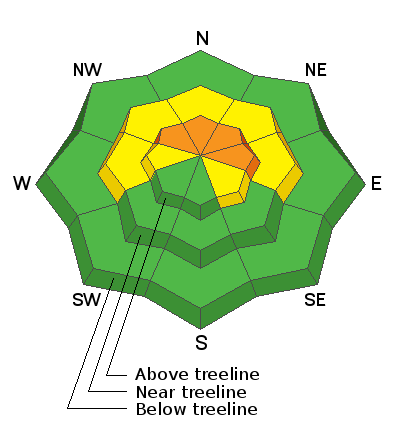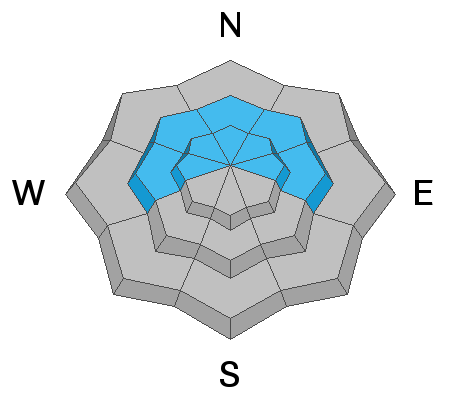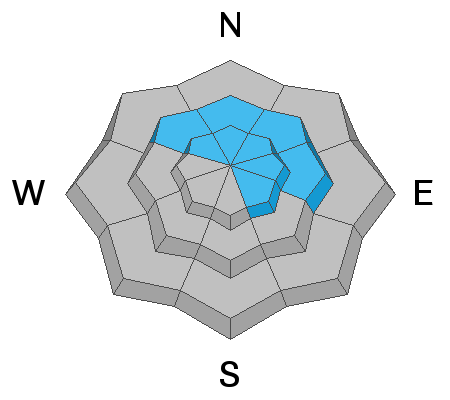The Geyser Pass Road will have a few inches of new snow over a mix of dirt and patches of ice and snow. All-wheel drive with good tires recommended.
The Lower Utah Nordic Alliance (LUNA) will be packing in the new snow today.
24 Hour Snow 7" 72 Hour Snow 12" Base Depth in Gold Basin 56" Wind SE 15-20 G32 Temp 18F
Well-positioned bands of moisture yesterday brought 5"-7" of low-density snow to the mountains. Moderate southerly winds blew all day, increasing overnight into the 20-25 mph range with gusts into the 40's. Today look for cloudy skies and redeveloping snow showers midday as more moisture ahead of the closed Pacific low streams into the area. 1"-3" are possible. Southerly winds will blow in the 15-25 mph range with gusts as high as 40 along ridge tops. Light snow should continue overnight. The low will make its way through the 4 Corners region sometime on Saturday though timing and duration, along with snow amounts are still somewhat in question. It's now looking like only a few inches on Saturday with the best chance for snow coming Saturday night into Sunday. All said and done, it's still looking like another 6"-12" between now and Sunday.
Snowpack Discussion
Up to a foot of snow since Tuesday has improved conditions though crusts and old tracks can still be felt underneath, particularly on sunnier aspects. The new, low-density snow will be easily transported by the wind and fresh, unstable drifts will be found on the leeward sides of ridge crests and terrain features, primarily in upper elevation, wind exposed terrain. As winds increase today, we could see some natural soft slab releases or fast running, loose snow sluffs off of some of the larger and steeper terrain. Today is a good day to stay out from underneath the NE face of Tukno for example. Persistent weak layers of faceted snow still exist in the lower portion of the snowpack but the likelihood of triggering an avalanche down there has decreased significantly. Thin snowpack areas around rock bands or along slope margins on steep slopes facing NW-N-E remain the areas of greatest concern and fresh deposits of wind drifted snow will add additional stress to these areas.










